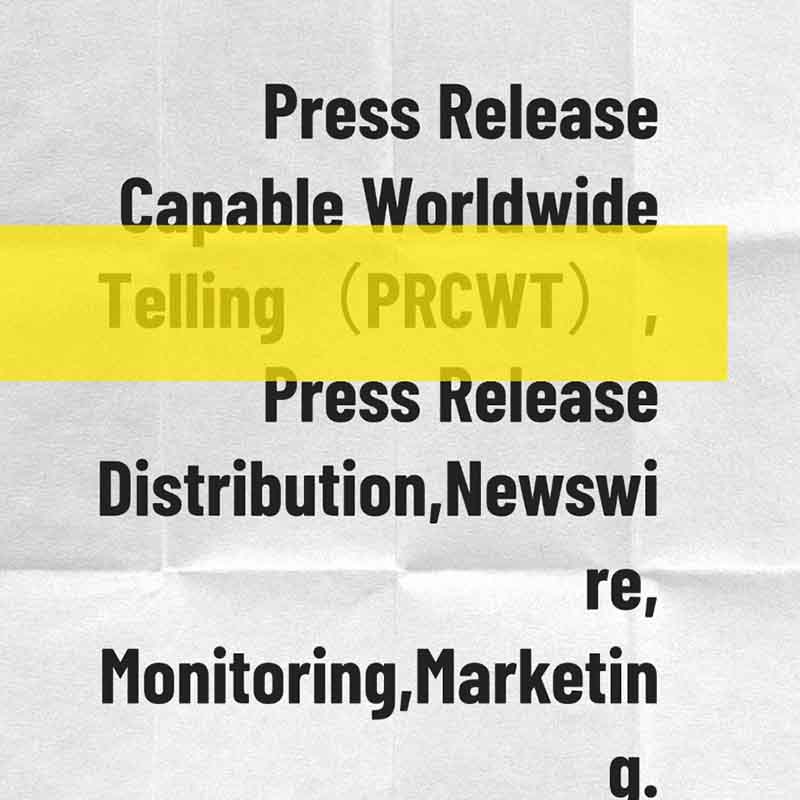In the ever-evolving landscape of the digital age, media monitoring has emerged as a crucial aspect for businesses and organizations. It serves as a powerful tool to track and analyze the spread of information, understand public sentiment, and make informed decisions. With the advent of advanced technologies and the explosion of online platforms, the role of media monitoring has become even more significant.
Media monitoring involves the systematic collection and analysis of data from various sources such as social media, news websites, blogs, and online forums. This data is then processed and interpreted to provide valuable insights into the trends, topics, and conversations that are relevant to a particular brand, product, or industry. By keeping a close eye on the media landscape, businesses can stay ahead of the curve, identify potential risks, and seize opportunities.
One of the key benefits of media monitoring is its ability to provide real-time information. In today's fast-paced world, news and information can spread like wildfire within minutes. By having access to real-time data, businesses can respond quickly to emerging issues and manage their reputation effectively. For example, if a negative rumor or controversy surfaces about a brand, media monitoring can help identify the source and extent of the problem, allowing for timely damage control measures.

Another important aspect of media monitoring is its role in understanding public sentiment. By analyzing the tone and sentiment of the media coverage, businesses can gain insights into how the public perceives their brand or product. This information can then be used to develop strategies to improve customer satisfaction, enhance brand image, and build stronger relationships with customers. For instance, if the sentiment towards a particular product is negative, businesses can take steps to address the issues and improve the product or service.
Furthermore, media monitoring can also help businesses identify emerging trends and opportunities. By tracking the conversations and discussions around a particular industry or topic, businesses can gain insights into the latest market trends and consumer preferences. This information can then be used to develop new products, services, or marketing campaigns that are in line with the changing needs and demands of the market.
In conclusion, media monitoring is a powerful tool that can provide businesses with valuable insights into the media landscape, public sentiment, and emerging trends. By leveraging the power of data and analytics, businesses can make informed decisions, manage their reputation effectively, and stay ahead of the competition in the digital age.
